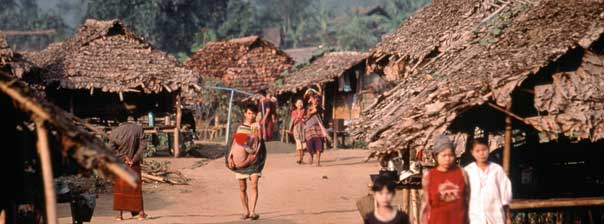Gender Equality

BHM AND FEMALE EMPOWERMENT
We know that enduring peace in Burma will only be possible when women and men enjoy equal opportunity to rise to their potential. But today, women and girls continue to face disadvantages in Burma. Female Empowerment is achieved when girls and women acquire the power to act freely, exercise their rights and fulfill their potential as full and equal members of society.
BHM partnerships are aimed at achieving three overarching outcomes for all people. These outcomes are especially important for males and females who are marginalized or excluded due to ethnicity, lack of income, disability, or other factors.
BHM will prefer partnerships with community based organizations that seek to: reduce gender disparities in access to, control over and benefit from resources, wealth, opportunities, and services – economic, social, political, and cultural; reduce gender¬ based violence and mitigate its harmful effects on individuals and communities, so that all people can live healthy and productive lives and increase the capability of women and girls to realize their rights, determine their life outcomes, and influence decision ¬making in households, communities, and societies.
There are three key areas identified by BHM in which there is a correlation between the mission and purpose of BHM and current conditions affecting women in the areas we where work:
Mortality and Reproductive Health
Community Based Health Organizations, such as BPHWT, have made huge strides in life expectancy and mortality rates in Burma. However, gender inequality continues to have a negative impact on a range of health issues. Gender ¬related power imbalances contribute to excess female mortality across the life cycle: at birth, during infancy and early childhood, and throughout the reproductive years.
Education
According to data compiled by the United Nations Development Programme’s Human Development Index, Burma ranks 164th, out of 168 countries, for public expenditure on education, spending just 1.3% of its GDP on education (UNESCO, 2001). Consequently, the education system has disintegrated and students now spend very little time in school, with few making it to university.
As Lway Aye Nang, secretary-general of Women’s League of Burma (WLB), told IPS News, "In both the cities and in rural areas, there is a greater likelihood that parents may keep theirs boys in school and take the girls out. Family members do not support daughters going to school if there is limited funding." Consequently, the faulty educational system leads to the deepening of differences between genders, consolidating inequality within the society.
Crisis and Conflict
Forced displacement exposes refugees and internally displaced persons, especially women and girls, to additional risks and exploitation. Violence against women, espe¬cially rape, sexual assault, abduction, forced prostitution and sexual slavery, are caused by conflict in Burma.
Learn more...


